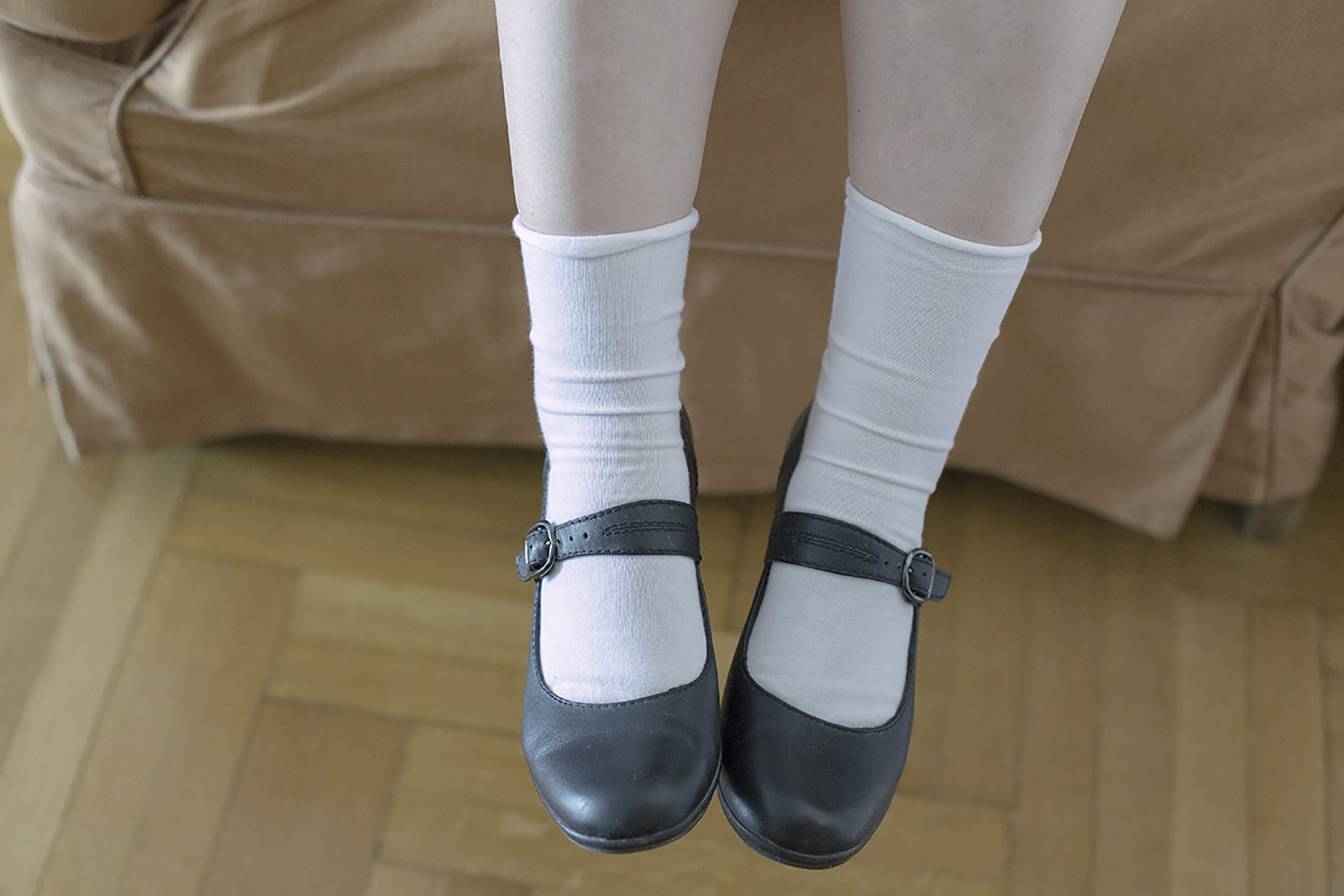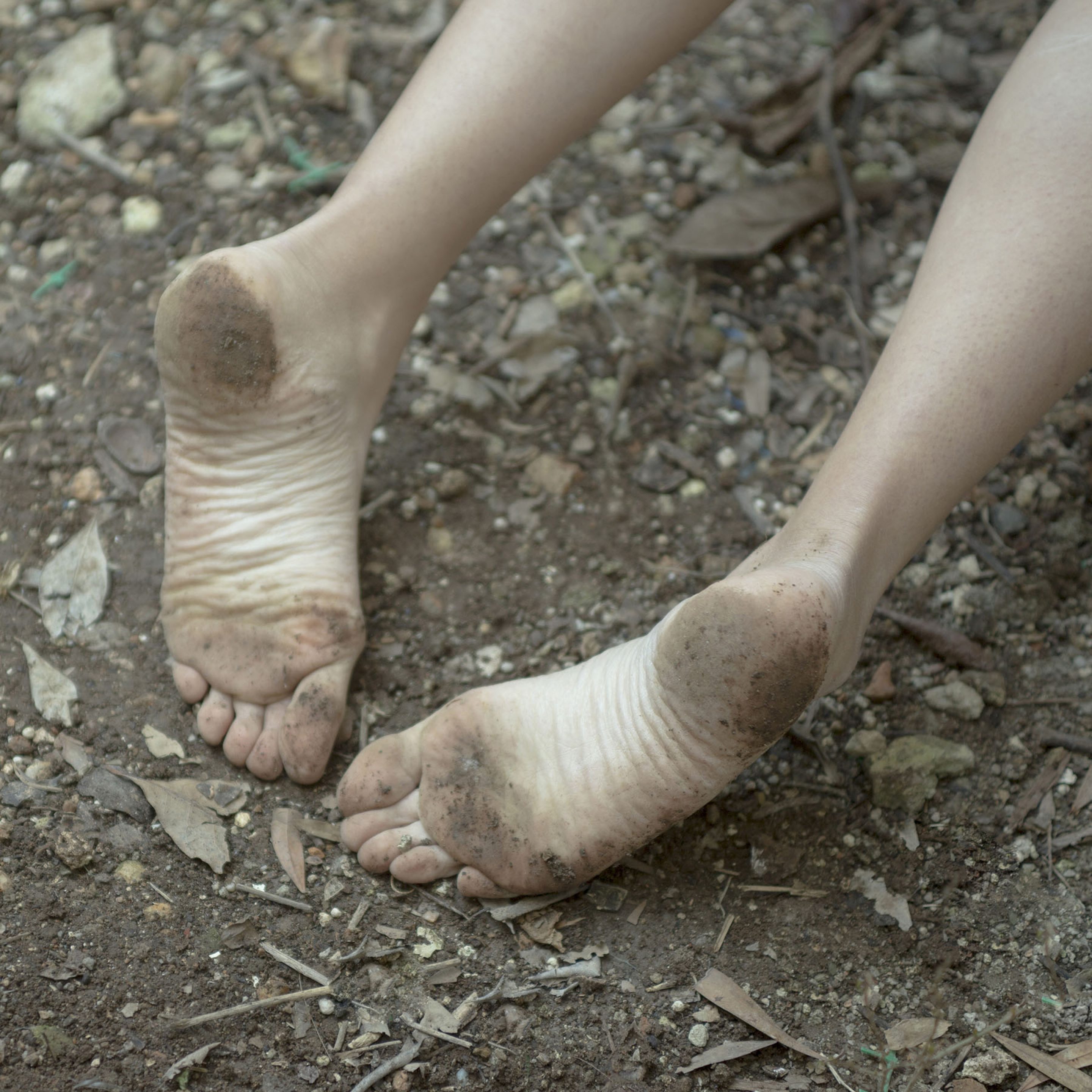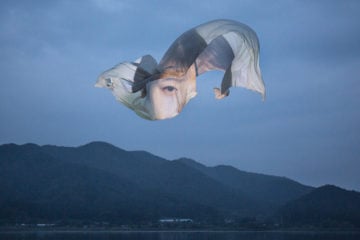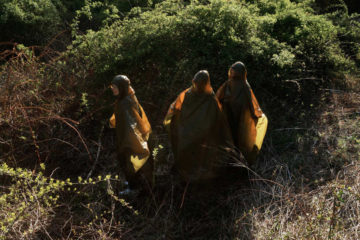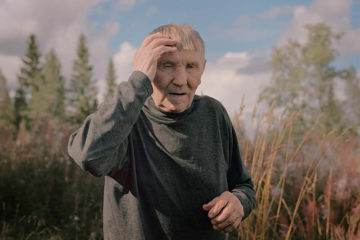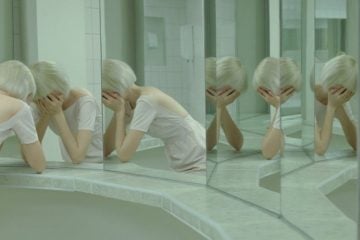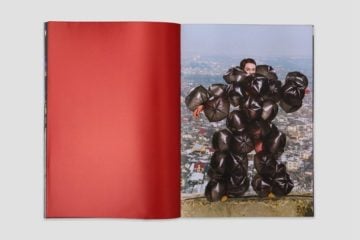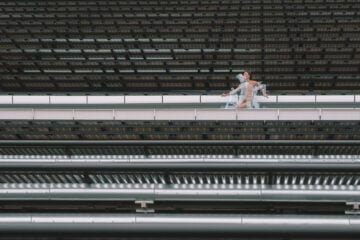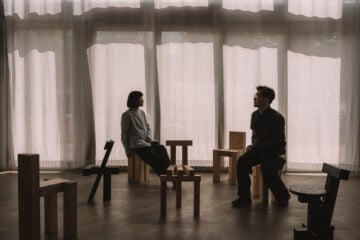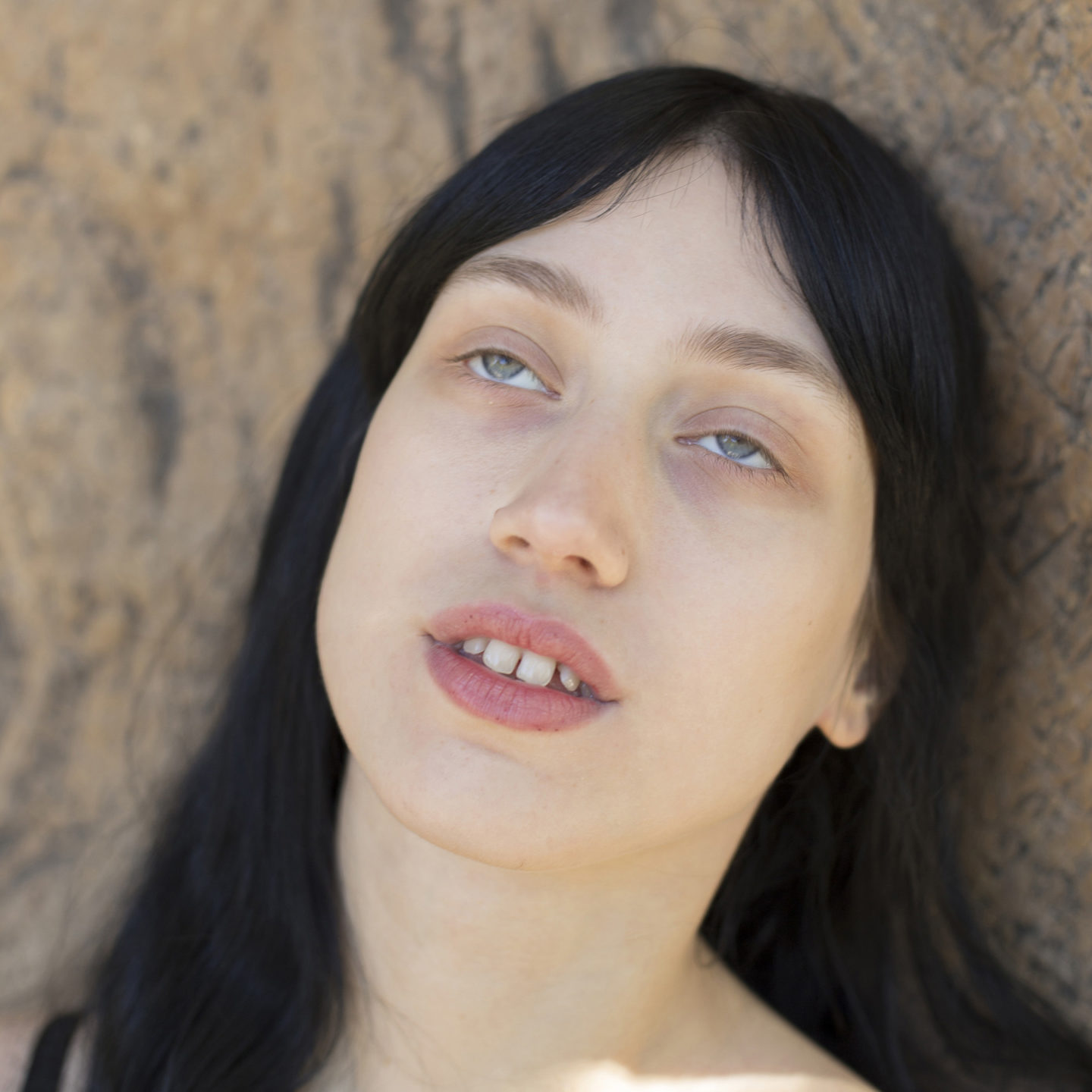
Aggeliki Kalamara’s Photos Celebrate The Awkwardness Of Change
- Name
- Aggeliki Kalamara
- Project
- I Am Not A Woman
- Location
- Greece
- Words
- Alice Finney
Change and all the angst, uncertainty and anticipation that comes with it is explored in Greek photographer Aggeliki Kalamara’s eerily surreal pictures.
Kalamara’s ‘I am not a woman’ series serves as a visual reminder that change is the only constant. Her work embraces and embodies the inevitable processes of metamorphosis that we go through throughout our lives. This quietly strange series sees themes of memory, love and death explored as bodies navigate their way through puberty to maturity. Kalamara has a unique way of using portraiture as a form of storytelling, expanding our understanding of femininity and womanhood through depictions of the female form. Each image is loaded with meaning, from the dangling legs of a schoolgirl to the young woman delving deep into the Brugmansia flower. Interested in the process behind the project, we spoke to the young photographer about her personal motivations and where she draws her inspiration from.
This quietly strange series sees themes of memory, love and death explored as bodies navigate their way through puberty to maturity.
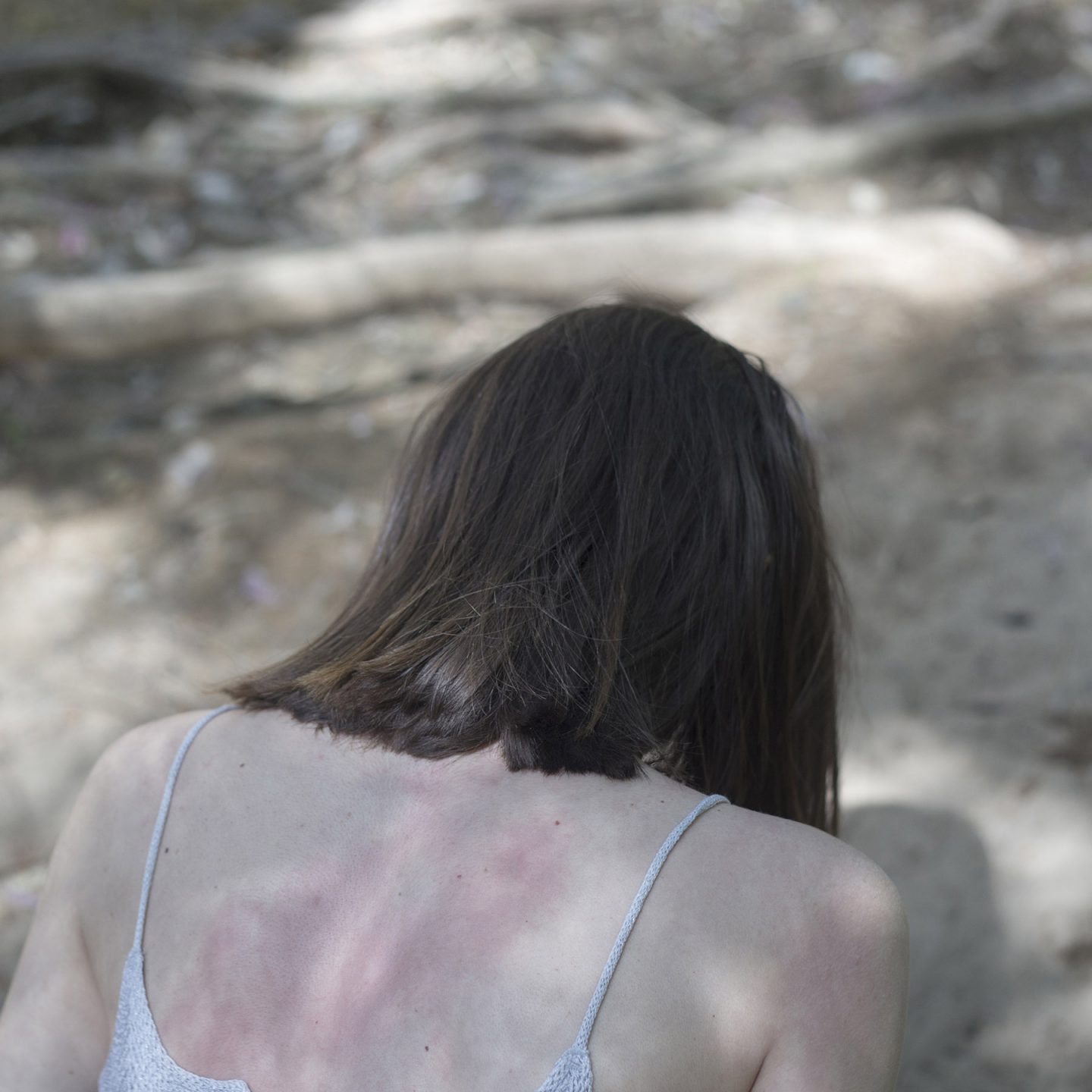
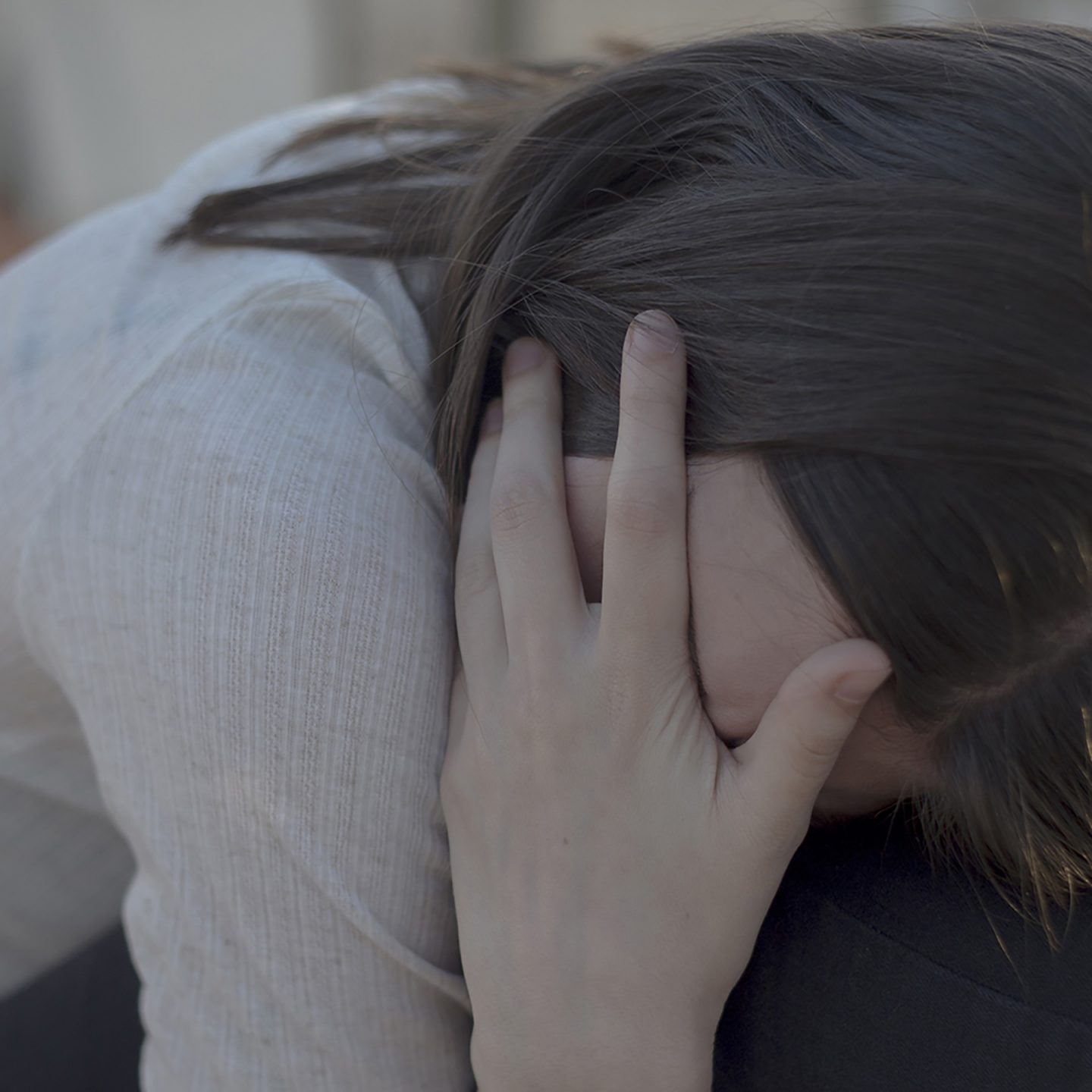
What message were you trying to get across with ‘I am not a woman’, both in terms of the title and the project as a whole?
I dream to be transformed and I transform. Metamorphosis occurs in the age of substantial adulthood and goes hand in hand with a swift transition from one stage to another. Everything in this transition is vague. The woman who becomes a woman, the woman who becomes a man as alternating poles. The overcoming and the transformation of this form is a mythological question that is likely to stand as the greatest common divisor under the question of the uniqueness of life and its boundaries, as man cannot overcome his own death in a different way.
The women in some of your photos recall Ophelia from Hamlet, or the Lady of Shalott — both fictional women who drowned themselves and who held supreme seductive powers. What inspires your photography?
I get my inspiration from the world that surrounds me: in books, in music, in cinema. Many things arise from my experiences or from questions that concern me such as identity, relationships, love and death. Lately, what interests me more is the female sex in a photographic, philosophical and psychoanalytic manner.
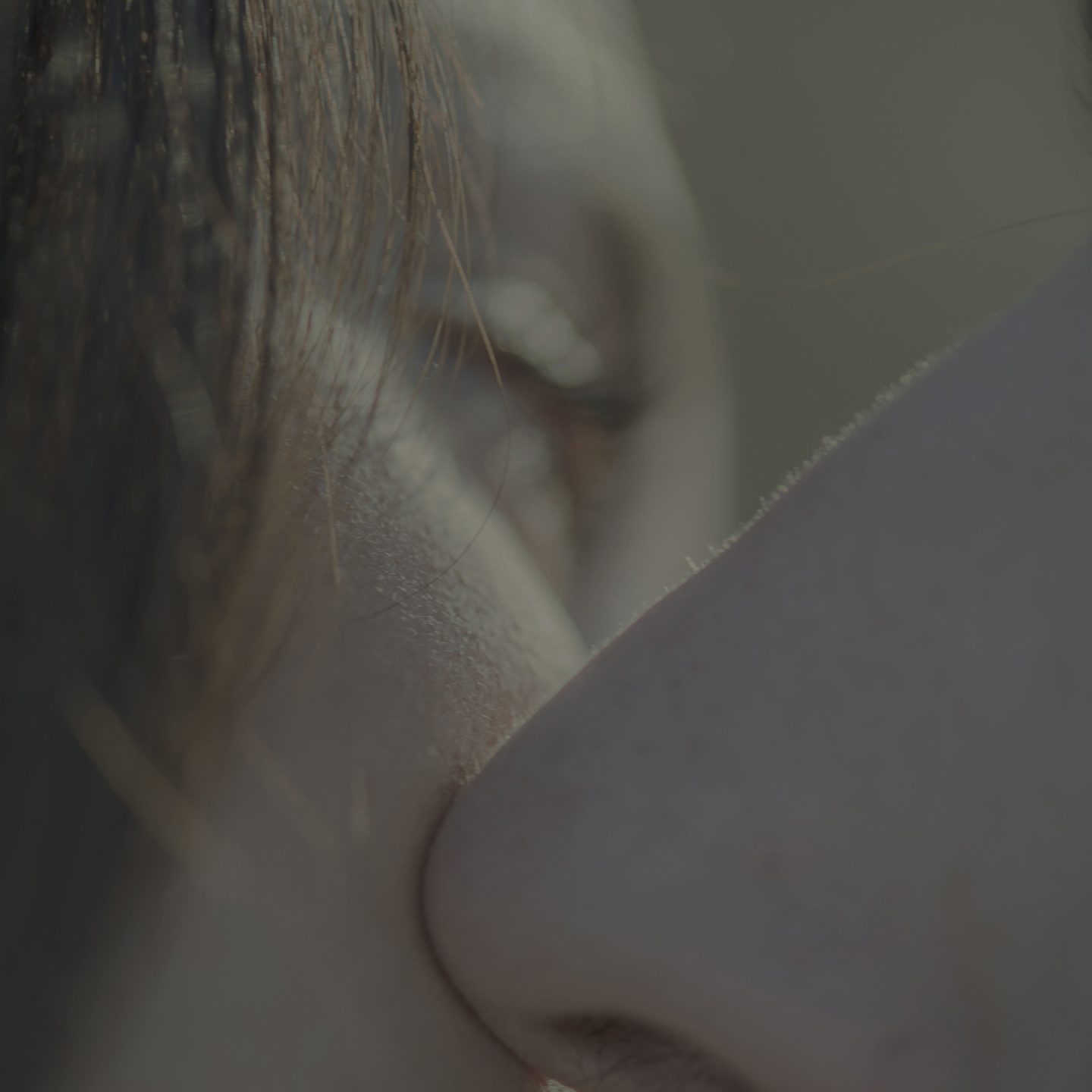
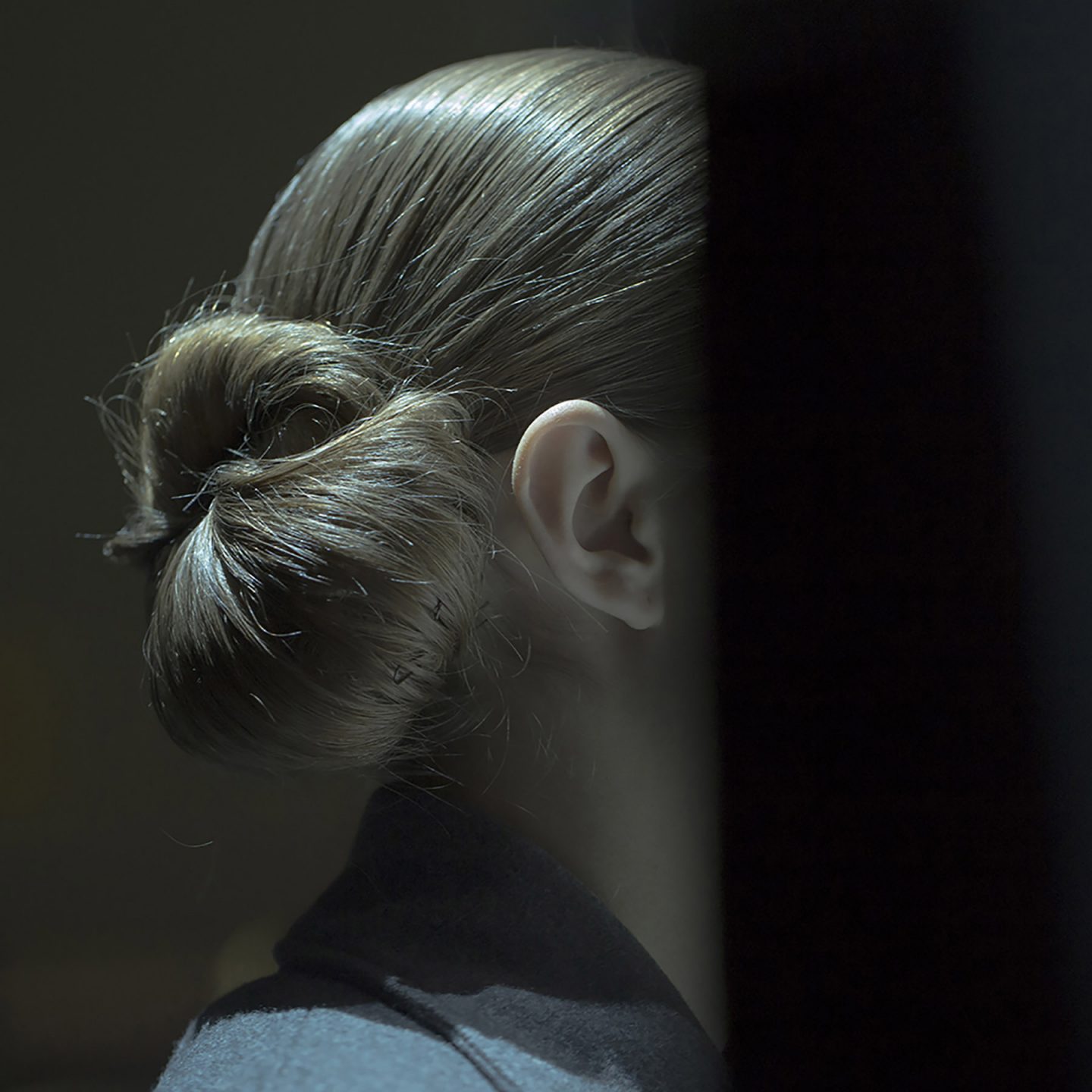
"Some of the girls have a different look from one portrait to another, and the sense of their gender is fluid."
You seem to have quite an intimate relationship with your subjects. How do you choose them?
In this particular project, all the girls were strangers. I approached them, either from the internet or on the street. Their family status or their relationships were unknown to me. There were times when it took some effort to convince someone to get pictured. I had nothing specific in my mind about how my photographic approach will be. Everything emerged during the process.
Some of the girls have a different look from one portrait to another, and the sense of their gender is fluid. I tried to keep a friendly attitude rather than an imposing one.
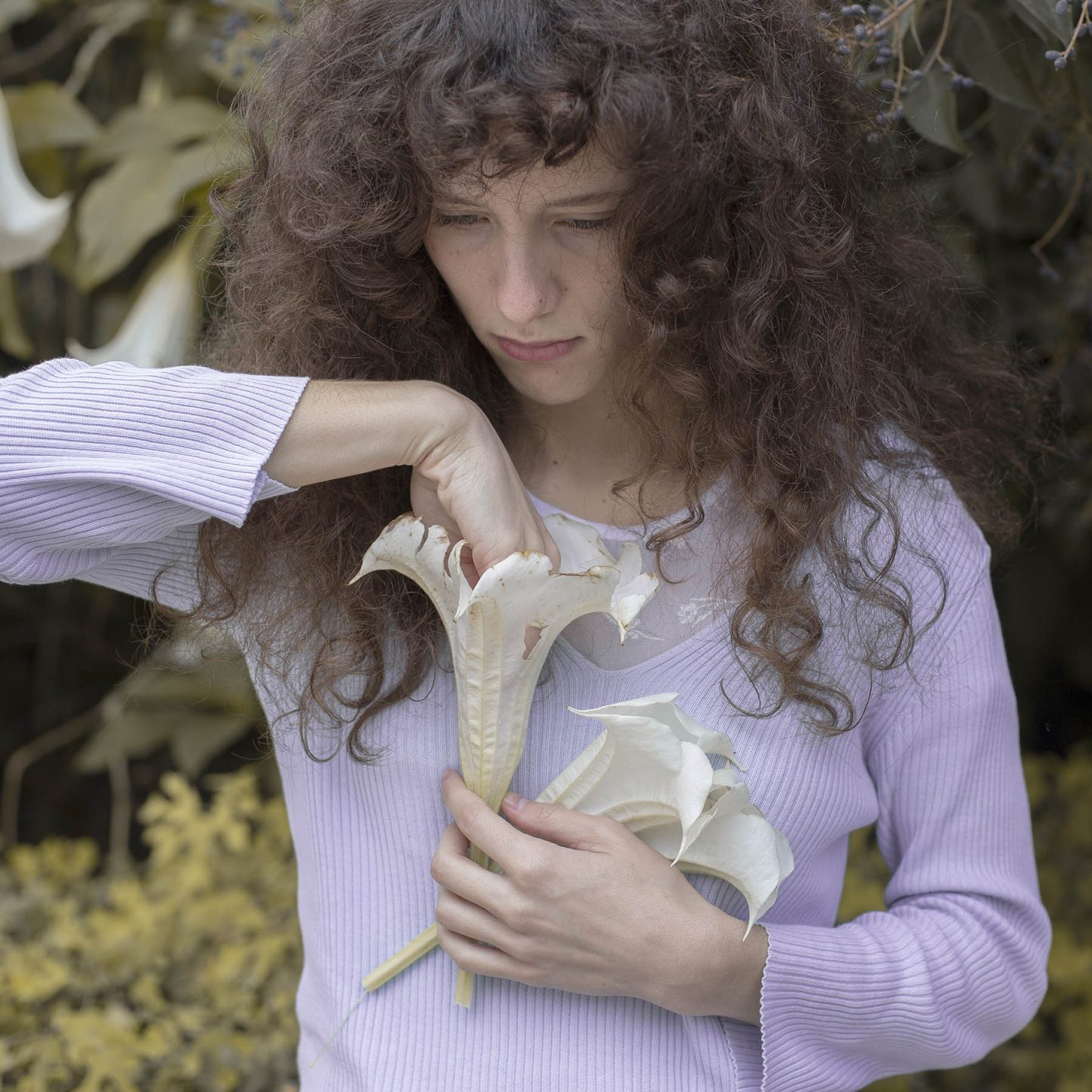
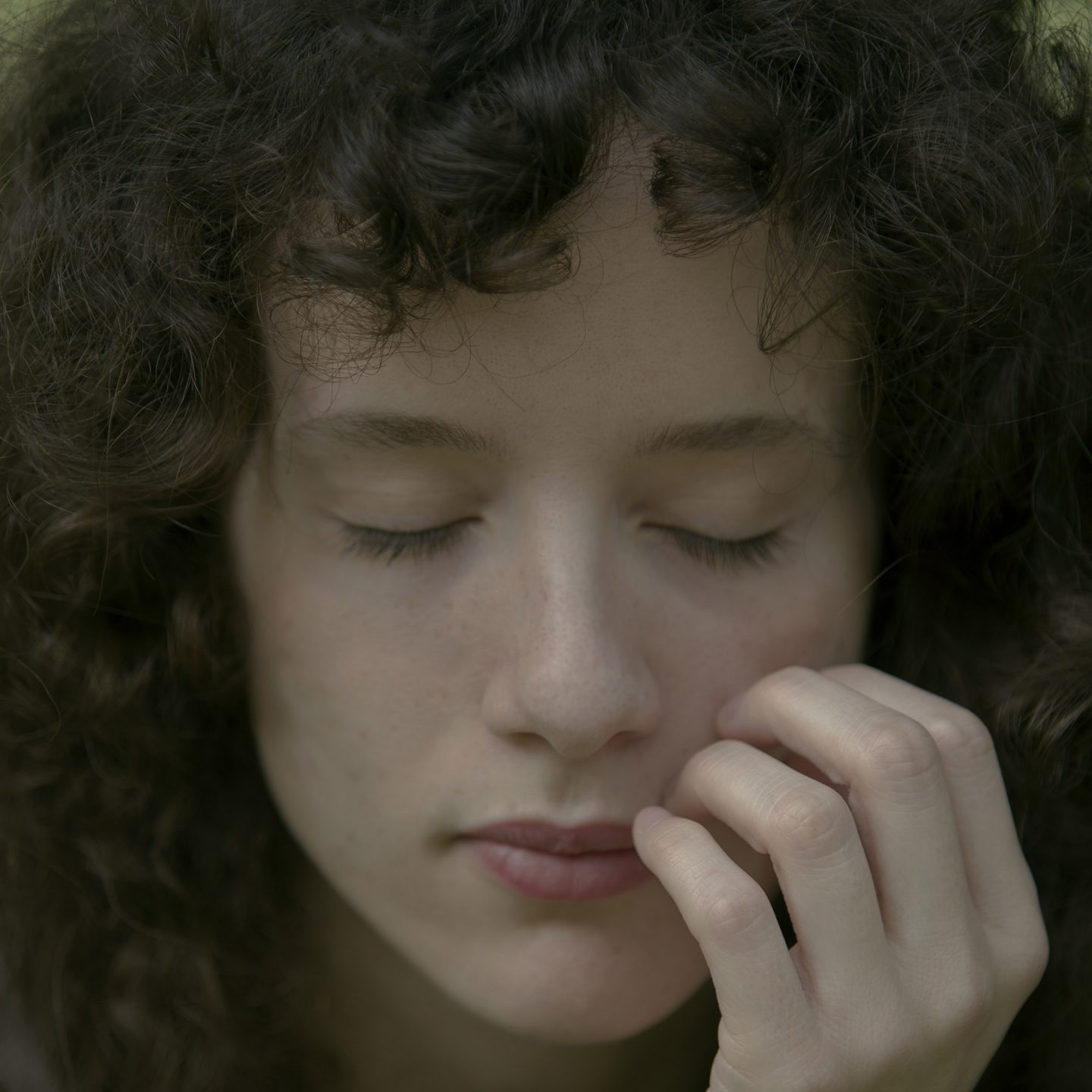
Ιn your supporting poem, you write “a world of heroines, extensions of myself”. To what extent do you use photography to learn about yourself?
Some years back, I went through a form of depression as a result of post-traumatic stress. Photography was a way to overcome this. I have the feeling that nothing would be the same without it, as it helped me to discover fragments and aspects of myself and to get in touch with my feelings. This is how I stopped feeling alone.
Many of the women are photographed in suggestive, surrendering poses. Can you explain why?
Somehow, it happened using my intuition, then one thing led to another. I tried to make statements through a visual narration that was often abstract, repetitive or even monotonous. Everything came naturally, although a lot of hard work and persistence created the content of this project.


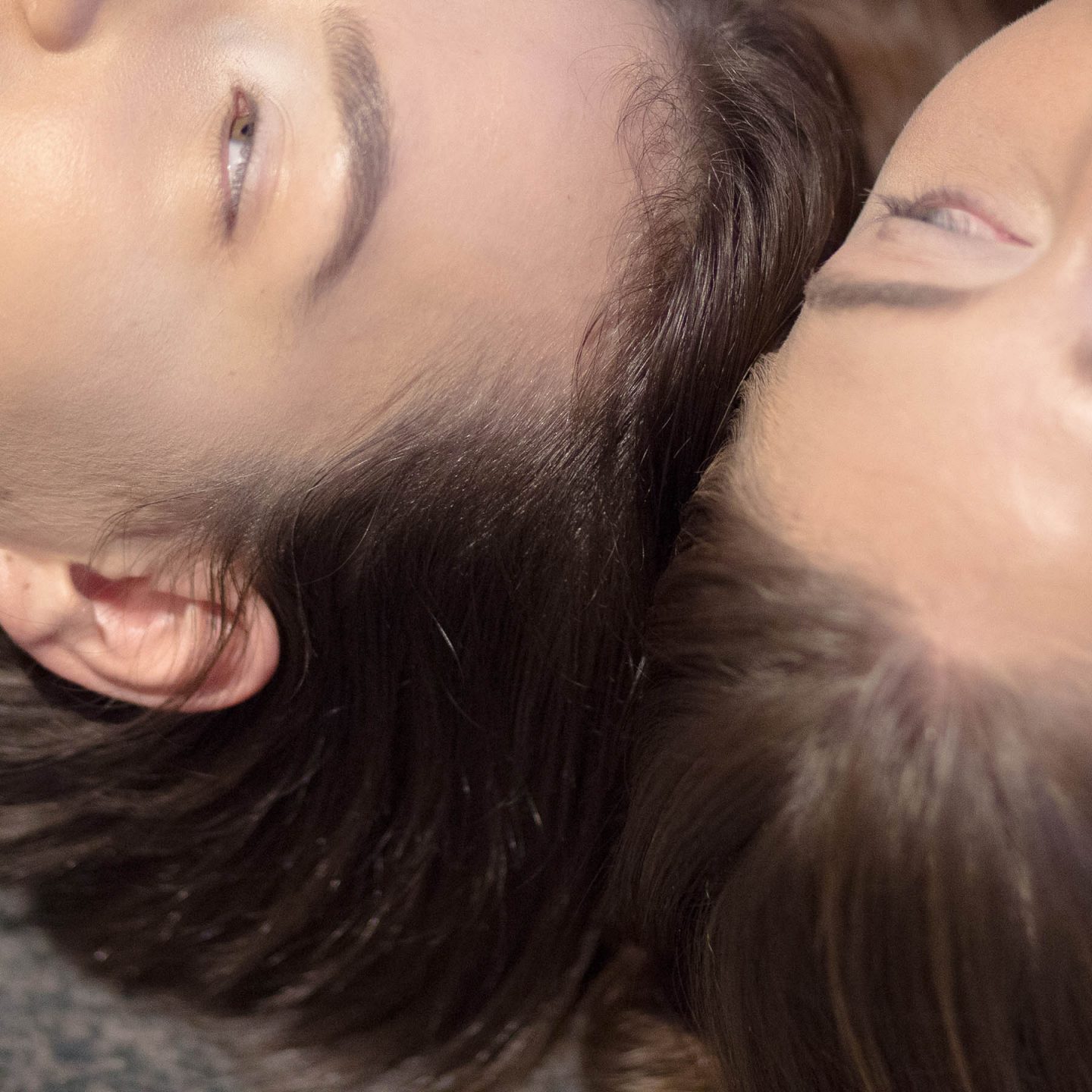
All images © Aggeliki Kalamara
